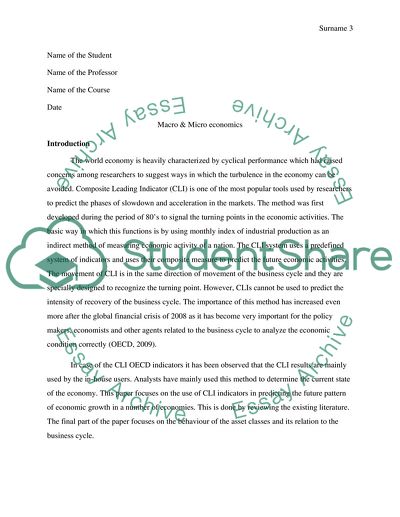Cite this document
(“Understanding how asset classes and systematic strategies behave and Thesis - 1”, n.d.)
Understanding how asset classes and systematic strategies behave and Thesis - 1. Retrieved from https://studentshare.org/macro-microeconomics/1646140-understanding-how-asset-classes-and-systematic-strategies-behave-and-perform-during-different-macroeconomic-environments
Understanding how asset classes and systematic strategies behave and Thesis - 1. Retrieved from https://studentshare.org/macro-microeconomics/1646140-understanding-how-asset-classes-and-systematic-strategies-behave-and-perform-during-different-macroeconomic-environments
(Understanding How Asset Classes and Systematic Strategies Behave and Thesis - 1)
Understanding How Asset Classes and Systematic Strategies Behave and Thesis - 1. https://studentshare.org/macro-microeconomics/1646140-understanding-how-asset-classes-and-systematic-strategies-behave-and-perform-during-different-macroeconomic-environments.
Understanding How Asset Classes and Systematic Strategies Behave and Thesis - 1. https://studentshare.org/macro-microeconomics/1646140-understanding-how-asset-classes-and-systematic-strategies-behave-and-perform-during-different-macroeconomic-environments.
“Understanding How Asset Classes and Systematic Strategies Behave and Thesis - 1”, n.d. https://studentshare.org/macro-microeconomics/1646140-understanding-how-asset-classes-and-systematic-strategies-behave-and-perform-during-different-macroeconomic-environments.


